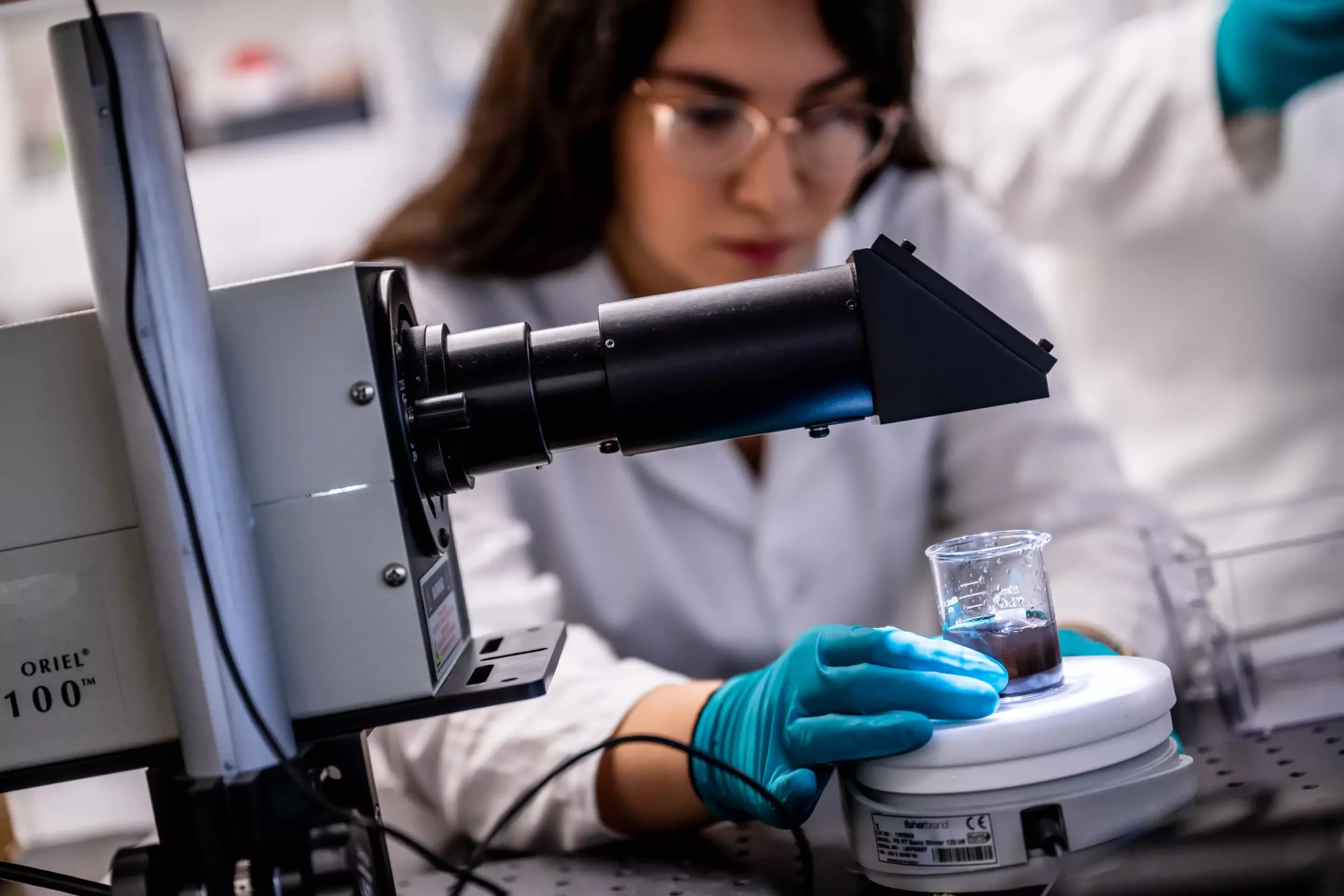Researchers at the University of British Columbia (UBC) are making significant strides in environmental engineering with the creation of a state-of-the-art treatment system designed to capture and eradicate per- and polyfluoroalkyl substances (PFAS), commonly referred to as “forever chemicals.” These substances have garnered notoriety due to their resilience in the ecosystem and the human body, leading to alarming health risks, including cancers and liver damage. The innovative findings, reported in *Nature Communications Engineering*, offer hope in an era marked by growing concerns over pervasive pollutants in water sources.
PFAS compounds have become ubiquitous, thanks to their extensive applications in various consumer products, such as durable, waterproof clothing and non-stick cookware. This widespread use, however, raises profound environmental issues, as these chemicals resist breakdown in natural settings. Dr. Johan Foster, the principal investigator of the project, claims that the new technology could become a game-changer in addressing PFAS contamination in drinking water, enabling municipalities to manage this crisis effectively before it poses a direct threat to public health.
The UBC system integrates a dual-action approach by combining an activated carbon filter with a specially designed catalyst capable of both adsorbing harmful chemicals and facilitating their decomposition into non-toxic byproducts. This dual functionality optimizes the treatment process, allowing for efficient capture and destruction of PFAS, distinguishing it from existing technologies that either target one aspect or the other.
Dr. Foster elaborates on the catalyst’s efficiency, noting that it can process large volumes of water quickly, successfully adsorbing and breaking down PFAS within a streamlined two-step mechanism. This robust system not only promotes speedy intervention but provides a sustainable long-term method to mitigate PFAS impact, steering away from temporary fixes that merely mask the problem.
Like many water purification systems, the UBC innovation requires ultraviolet (UV) light to activate the catalyst. However, a remarkable characteristic of this technology is its reduced dependence on ideal UV conditions, showcasing efficiency even under low light exposure. This adaptability makes it particularly relevant for regions facing extended periods of diminished sunlight, allowing for broader application potential across various geographical settings.
Dr. Raphaell Moreira, who contributed to the research, emphasizes that the catalyst’s efficacy remains intact despite environmental variations. This quality broadens the scope of application, presenting a compelling solution for northern municipalities that struggle with sunlight deficiencies but still seek effective PFAS remediation.
While the primary focus of the UBC team has been the eradication of PFAS, the versatility of the catalyst hints at its capacity to tackle a myriad of other persistent environmental contaminants. This adaptability underscores an exciting potential for researchers looking to innovate in the realm of water purification, opening doors to methodologies that could confront multiple types of pollutants simultaneously.
Given the rising urgency of water quality issues, the implications of this research extends beyond theoretical interest; it presents a tangible pathway towards ameliorating critical environmental challenges facing communities today.
Recognizing the growing global demand for sustainable solutions, Dr. Foster and his team are proactive in commercializing their technology through the establishment of ReAct Materials. They aim to assess the practical applications of their catalyst in both municipal water systems and specialized industrial contexts, such as waste treatment processes. Notably, the production of the catalyst from forest and agricultural waste marks a shift towards economically viable and environmentally friendly methods, setting it apart from more traditional, complex treatment options.
The development at UBC not only stands to revolutionize the approach to treating hazardous PFAS contaminants but also catalyzes a broader initiative towards resilient and sustainable water management strategies. By leveraging innovative technology and addressing real-world challenges, researchers are poised to redefine the landscape of environmental engineering and public health protection in the years to come.

